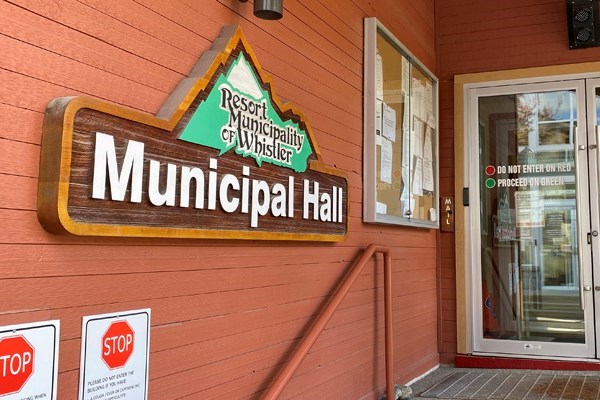Canada has a slow-growth, high-inflation future. We have entered a period of stagnation that started well before the Trump tariffs. Last year I asked a senior member of the Resort Municipality of Whistler (RMOW) executive team about the possibility of stagflation and was summarily dismissed.
Stagflation has been caused by the inflationary effects of deficit spending at all levels of government (minus the RMOW, which can’t deficit spend of course). Combined with general inflation, Canada’s unemployment rate rising to 6.7 per cent and a weakening GDP growth, we are up the creek. Secondarily, the past decades of fiscal policies and lack of capital flowing into our country have put us in a tenuous situation. Other developed economies direct a larger share of their investment toward productive capital, such as machinery and intellectual property, that supports long-term economic growth. In Canada, by contrast, residential structures comprise approximately 54 per cent of the total fixed capital stock, according to Statistics Canada. For reference, Japan and Germany are at about 30 per cent and have stronger investment in public infrastructure and manufacturing capital.
Now add in the potential tariff wars getting worse and tightening supply chains. The Bank of Canada really had no choice but to hold interest rates this week. Their choice was to reduce inflation (higher interest rates) or increase economic growth (cut interest rates). Talk about a dilemma. Now they must know how Jimmy Carter felt.
Now we come to Whistler. It has already seen a drop in revenues, and the answer given to us by officials is to increase taxes and use our piggy bank.
To counter the effects of stagflation locally, Whistler must focus on strategies that strengthen economic resilience while addressing affordability and productivity.
This includes supporting small businesses and the tourism sector through targeted incentives, not increasing the mill rate. The same goes for homeowners. The increases of taxes in the past few years are over the top. Budgets at the muni continue to grow. There’s an optimal tax rate that maximizes government revenue, and tax cuts could stimulate economic growth and actually increase revenue, particularly during stagflation (look up Laffer curve).
Continued workforce housing solutions and streamlined municipal regulations to encourage investment and innovation, aimed at maintaining affordability in housing and essential services, are critical to preserving community stability and retaining key workers. The RMOW is doing great here!
Whistler must also streamline and prioritize key investments, which may mean cuts in departments/projects. And while the municipal regulations when it comes to permits etc. are being tackled, the changes must happen quickly more than ever to encourage investment and innovation.




